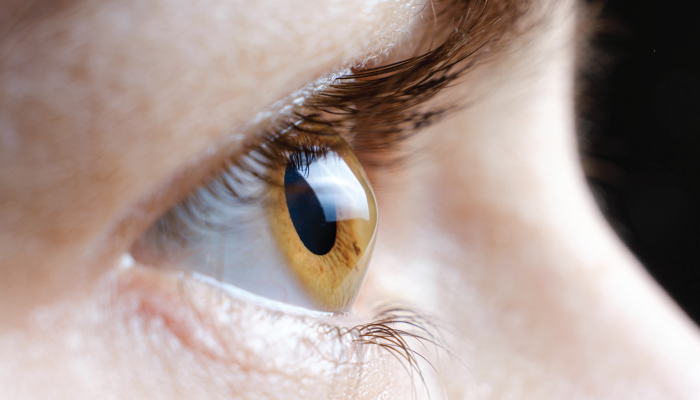
Credit: AdobeStock.com
A study published in Scientific Reports explores changes in the neurovascular structures of the retina and optic nerve in individuals with keratoconus (KC). The research team – based out of the Eye Research Centre at Mashhad University of Medical Sciences, Mashhad, Iran – divided 143 participants into three groups: KC patients (50), emmetropic individuals (46), and patients with myopic astigmatism (47). All participants underwent comprehensive eye exams, including optical coherence tomography angiography (OCTA). The research specifically focused on analyzing vessel density (VD) in the macular and optic nerve head regions, and assessing the choroidal vascularity index (CVI; the proportion of vascular components in the choroid relative to its total area).
The results indicate that KC patients exhibited significantly lower superficial and deep capillary densities at the fovea, parafovea, and perifovea than those in the control groups. Radial peripapillary capillary (RPC) density, which measures blood flow in the optic nerve head, was also significantly reduced in KC patients. In contrast, the choroidal vascularity index (CVI) and choroidal luminal area (CLA) were notably higher in the KC group, suggesting alterations in choroidal blood flow and structure.
The study found no significant differences between the KC and control groups in the optic nerve head’s tomographic parameters, such as cup-to-disc ratios or retinal nerve fiber layer (RNFL) thickness. However, KC patients demonstrated a higher perifoveal retinal thickness, which may indicate a compensatory response to corneal abnormalities.
The study authors propose that oxidative stress and degenerative processes associated with KC may contribute to the observed capillary dropout and lower vascular density at the macula. They also suggest that the increased CVI in KC patients could be caused by changes in the collagen structure of the vascular walls, potentially linked to the collagen abnormalities that characterize KC.
The researchers suggest that further research is now needed to explore the clinical significance of their findings and the potential impact on KC treatment strategies.
